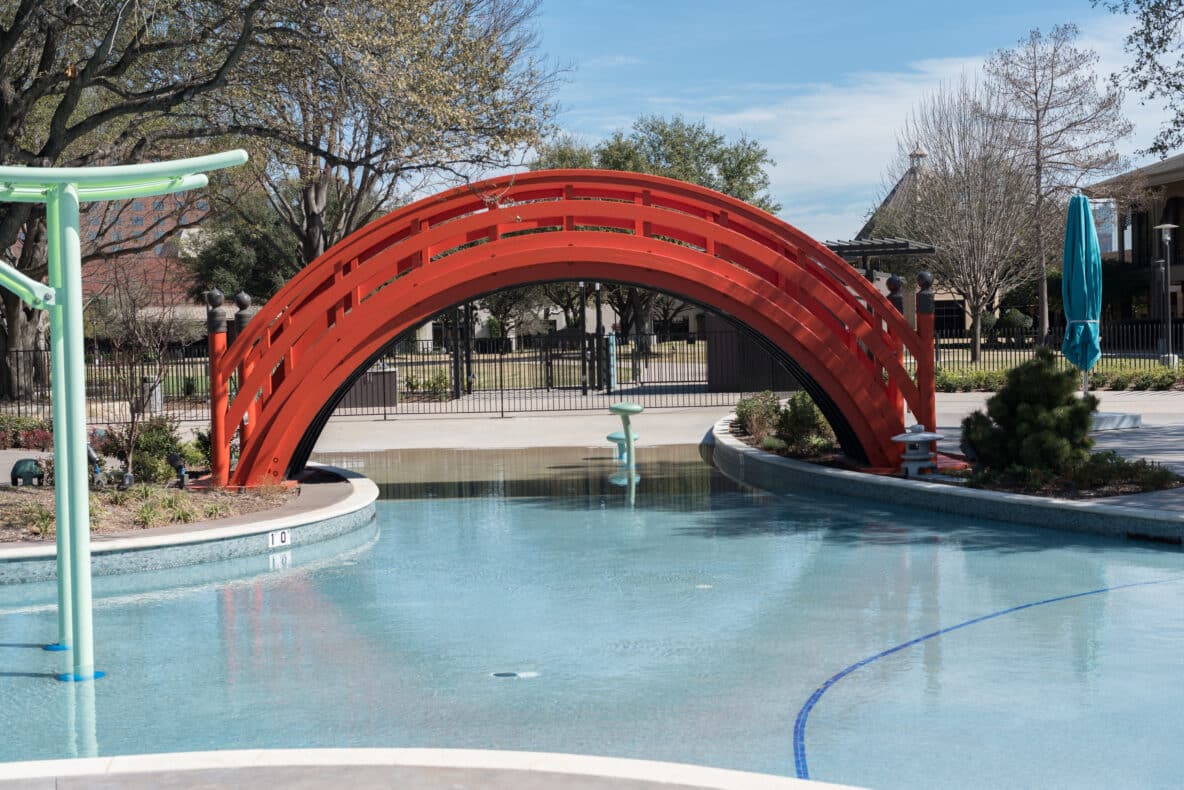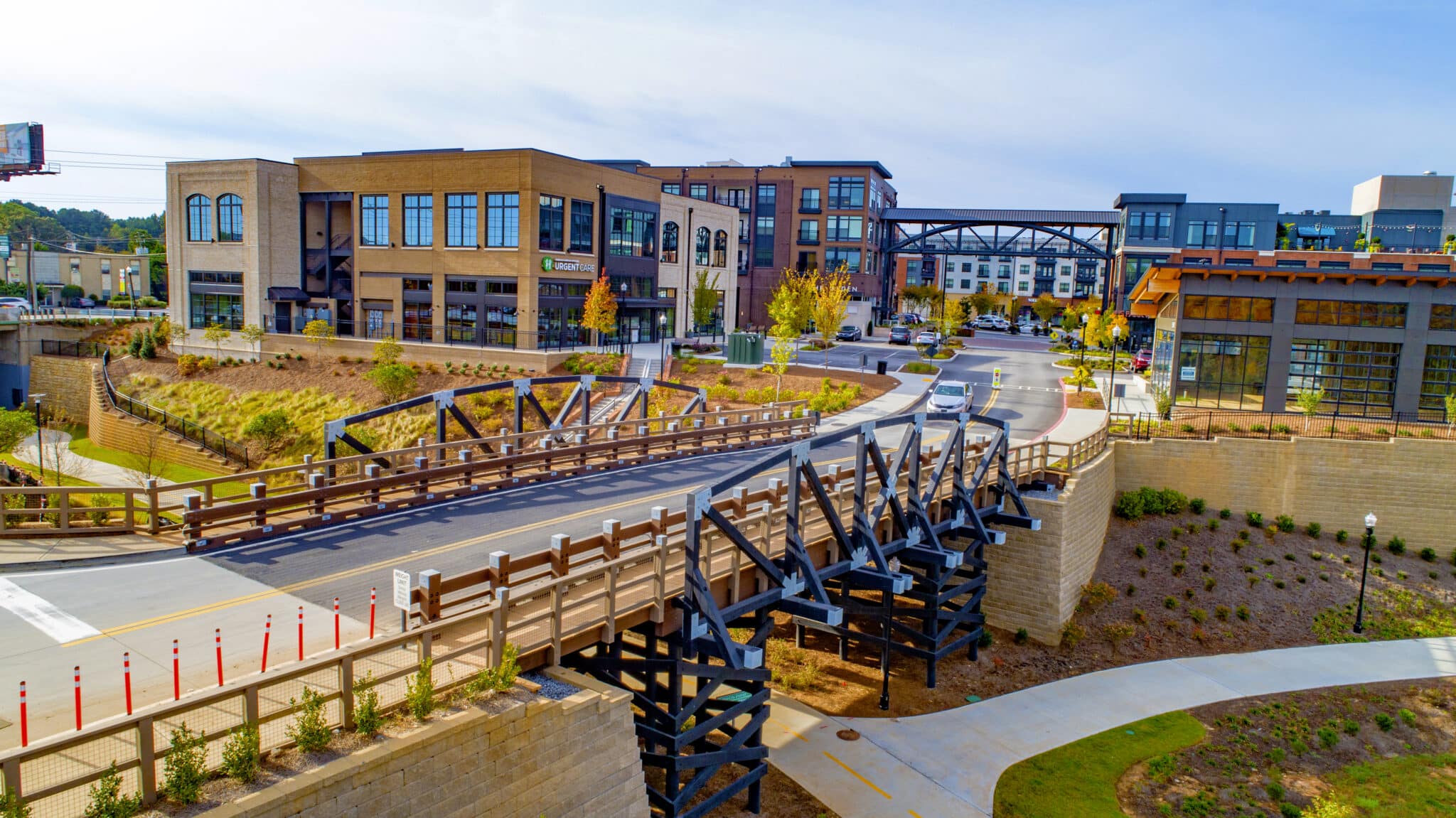
Exploring The Different Types Of Timber Bridges
Timber bridges have been an integral part of human infrastructure for centuries, valued for their natural beauty, sustainability, and structural capabilities. Although modern materials like steel and concrete are often preferred for large-scale projects, timber bridges remain popular for their aesthetic appeal, light-weight, load capacities, and environmental benefits. This article delves into the various types of timber bridges, their unique characteristics, advantages, and examples.
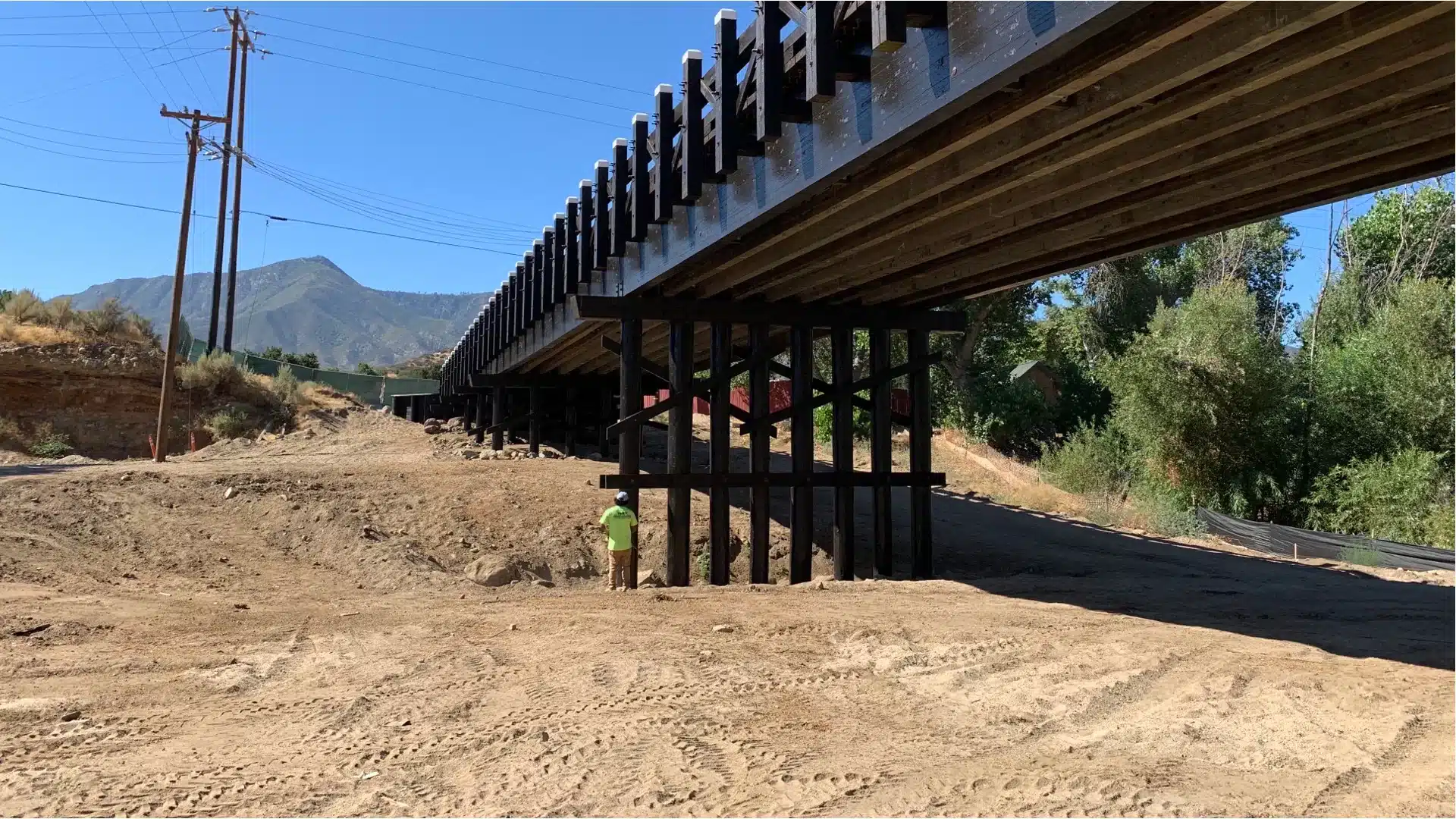
Timber Beam Bridges
Wood beam bridges, also known as girder bridges, are one of the simplest forms of timber bridges. They consist of horizontal beams supported at each end by piers or abutments. The design is straightforward, making it cost-effective and easy to construct.
Characteristics of Timber Beam Bridges
Simplicity
Consists of beams laid across supports.
Flexibility
Can be constructed using different types of timber.
Span
Typically used for short to medium spans
Advantages of Timber Beam Bridges
Cost-Effective
Easy to construct with minimal labor.
Maintenance
Simple design makes it easier to maintain and repair.
Versatility
Can be adapted for various uses, including pedestrian and vehicular traffic.
Example of Timber Beam Bridge
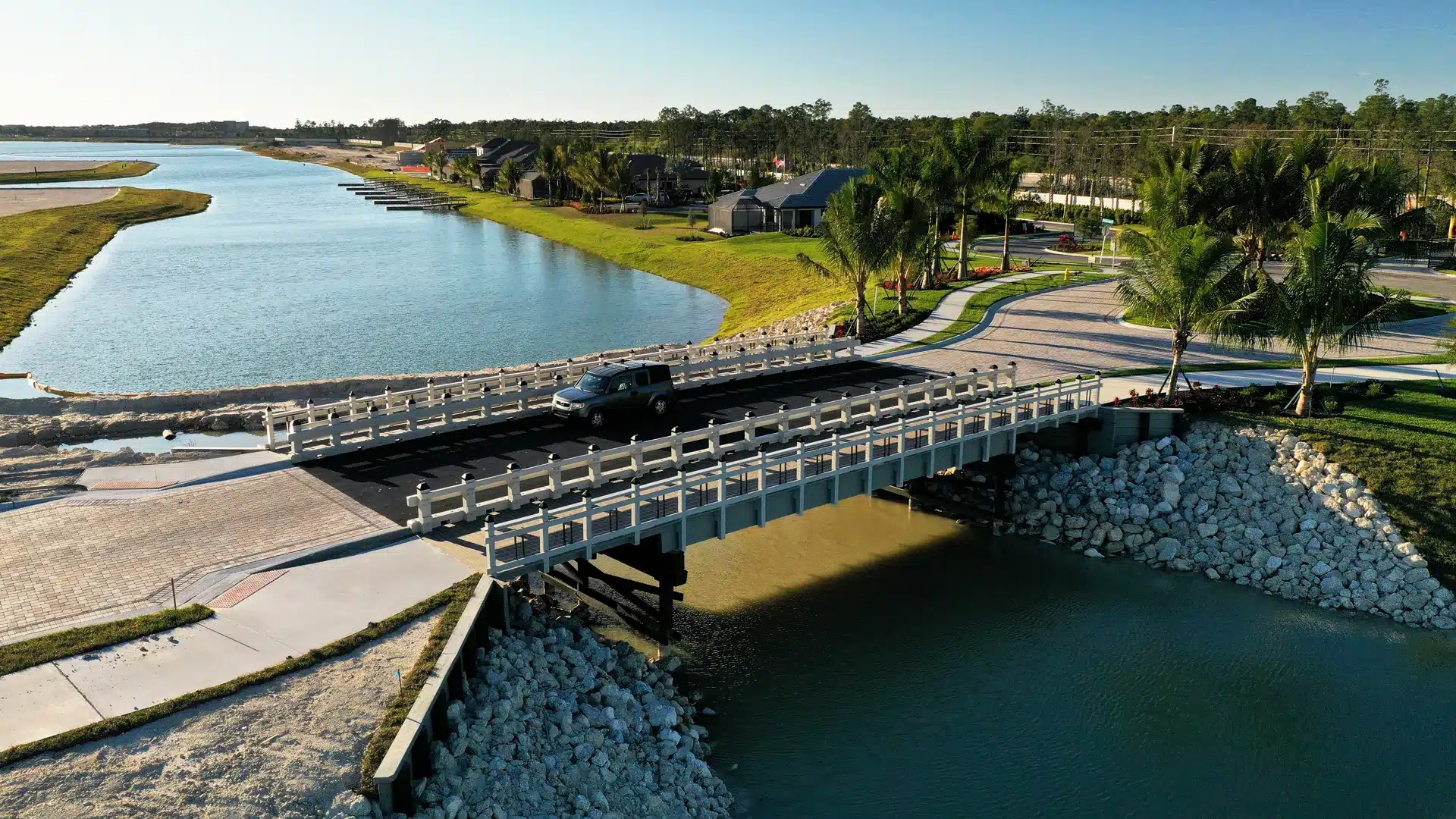
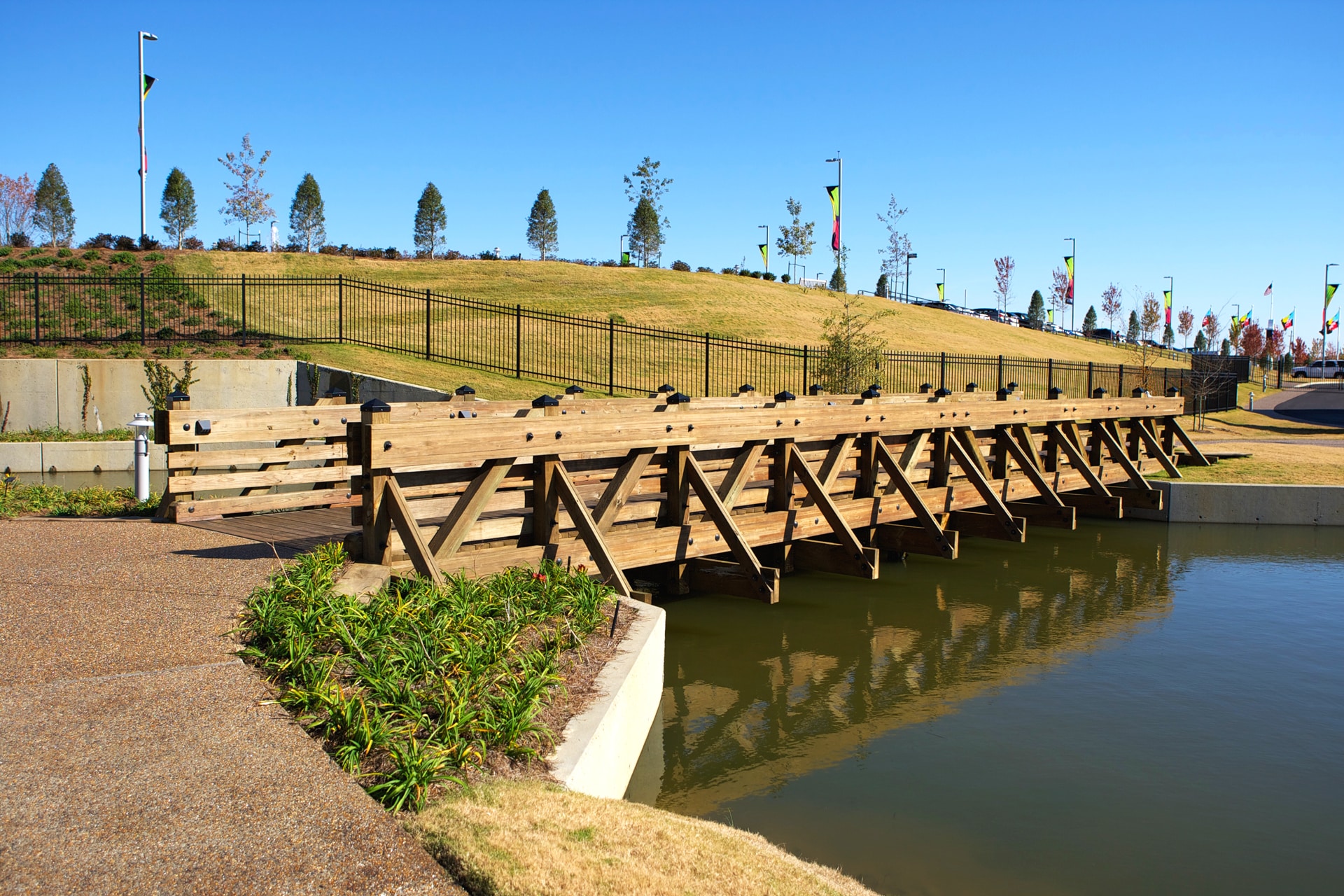
Timber Truss Bridges
Truss bridges utilize a triangular framework, known as a truss, to distribute weight and enhance stability. The truss design is particularly effective in providing strength and rigidity, making these bridges suitable for longer spans and heavier loads.
Characteristics of Timber Truss Bridges
Triangular Framework
Uses a series of triangles for stability.
Durability
Can handle heavy loads and long spans.
Complexity
More complex to design and build compared to beam bridges.
Advantages of Timber Truss Bridges
Strength
Triangular design provides superior strength and load distribution.
Longevity
Durable and can last many years with proper maintenance.
Adaptability
Can be used for both pedestrian and vehicular traffic.
Example of Timber Truss Bridge
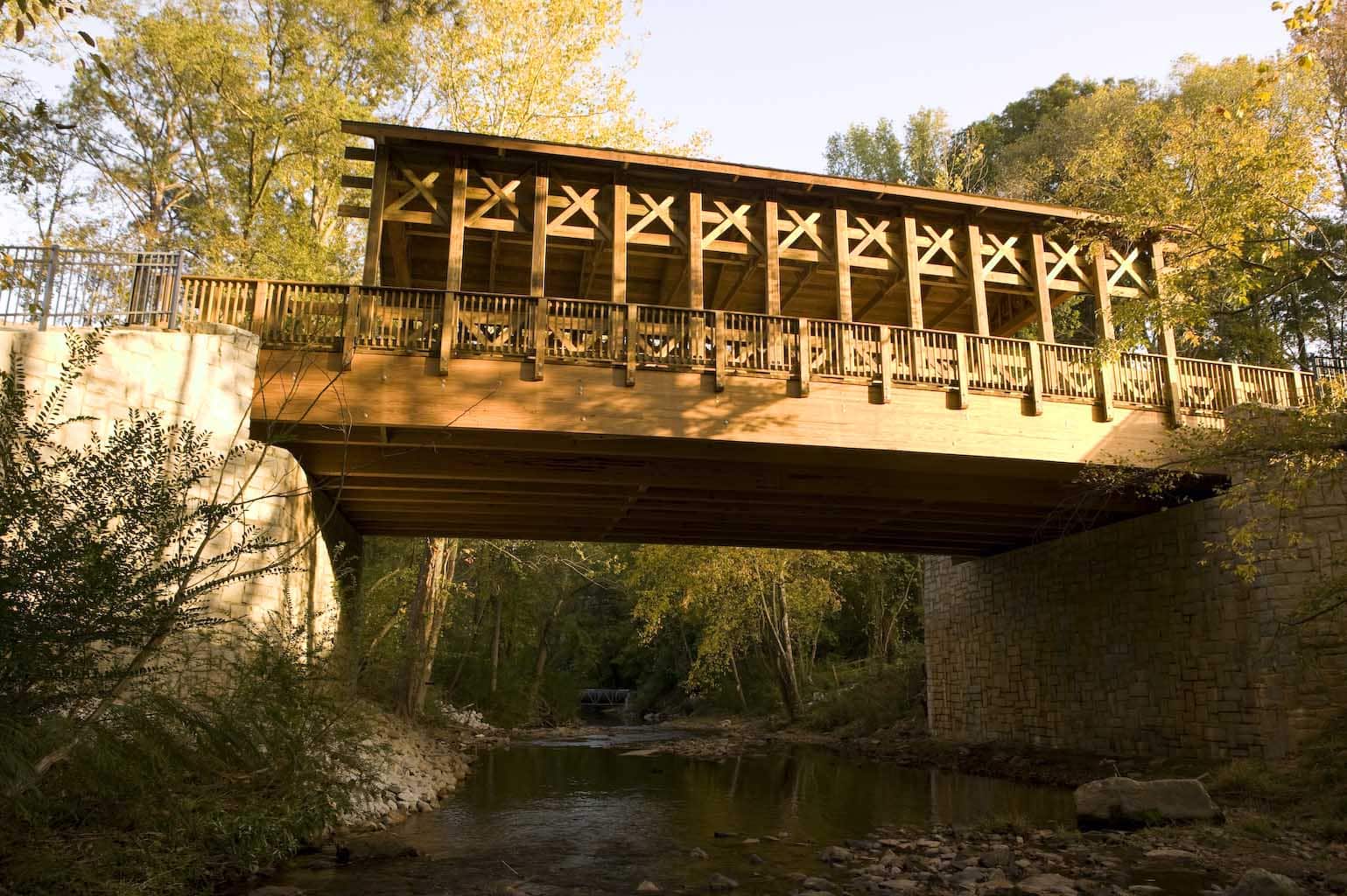
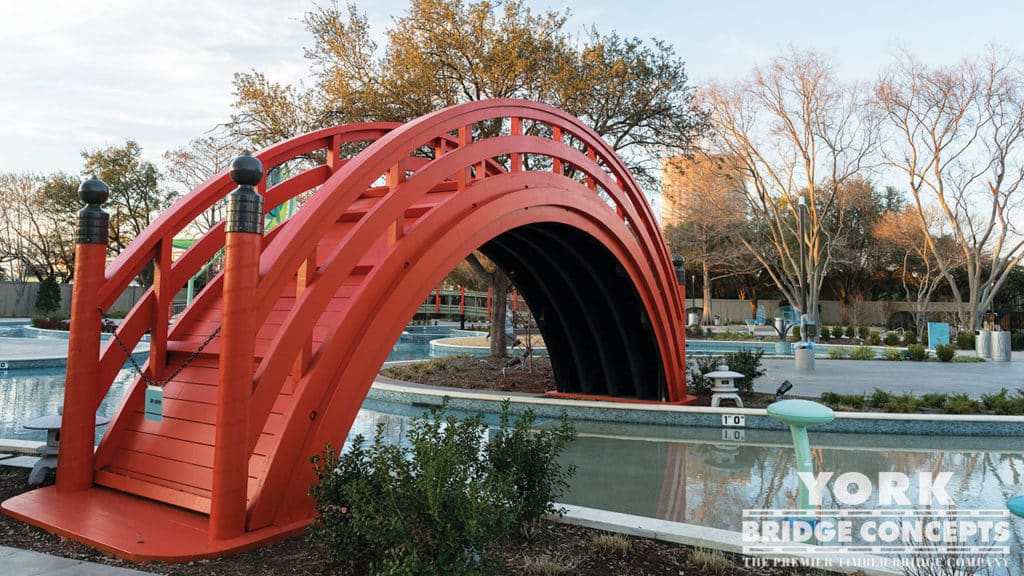
Timber Arch Bridges
Arch bridges are one of the oldest forms of bridge design, using a curved structure to transfer weight to the abutments at either end. Timber arch bridges are both aesthetically pleasing and structurally sound, often used in scenic or historic locations.
Characteristics of Timber Arch Bridges
Curved Design
Weight is transferred along the curve to the supports.
Aesthetic Appeal
Often considered visually pleasing and harmonious with natural surroundings.
Span
Can be used for medium to long spans.
Advantages of Timber Truss Bridges
Strength
The arch shape provides excellent load distribution and strength.
Aesthetics
Adds beauty to natural and built environments.
Durability
Can be long-lasting with appropriate timber treatment and maintenance.
Example of Timber Arch Bridge
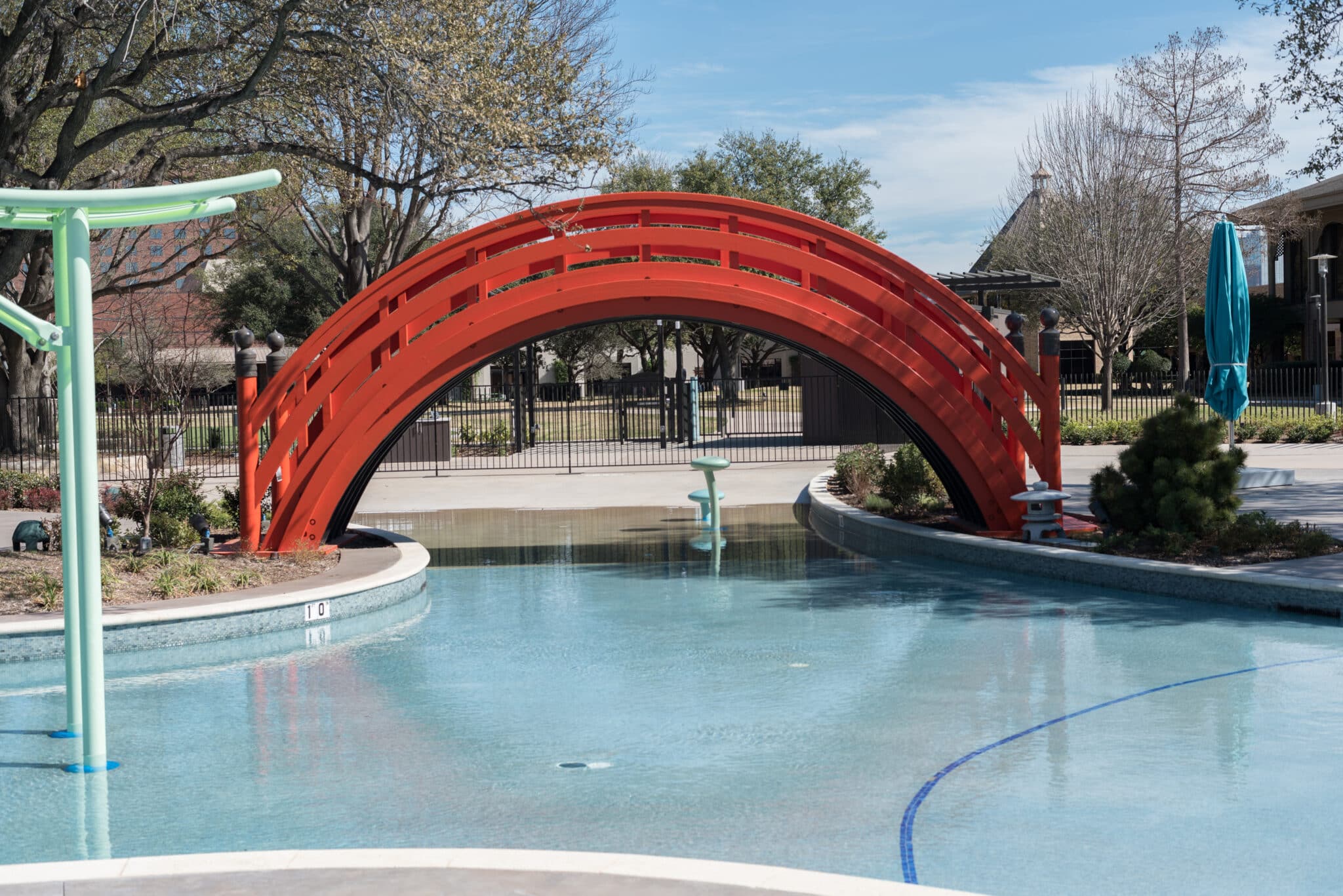
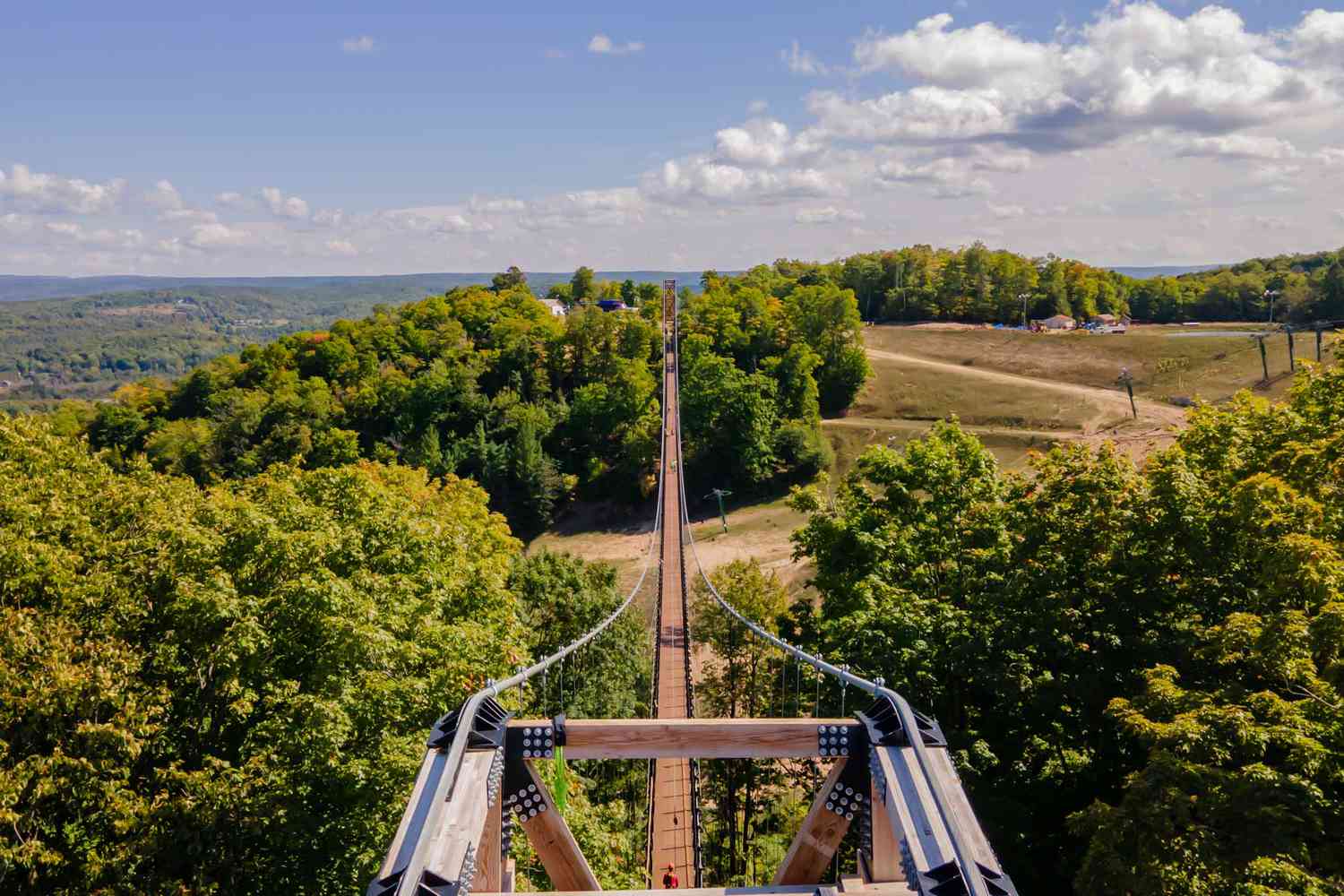
Source: Google Images
Timber Suspension Bridges
Suspension bridges use cables or ropes to suspend the bridge deck from towers, allowing for long spans and flexible design. Timber suspension bridges are less common than their steel counterparts but are used in certain applications where their unique characteristics are beneficial.
Characteristics of Timber Suspension Bridges
Suspension System
Deck is hung from cables or ropes attached to towers.
Flexibility
Can span long distances and adapt to various terrains.
Lightweight
Timber decks reduce the overall weight compared to other materials.
Advantages of Timber Suspension Bridges
Long Spans
Capable of spanning much longer distances than other timber bridge types.
Minimal Environmental Impact
Requires fewer piers, reducing impact on the environment.
Versatility
Can be used in remote or rugged locations where other bridge types might be impractical.
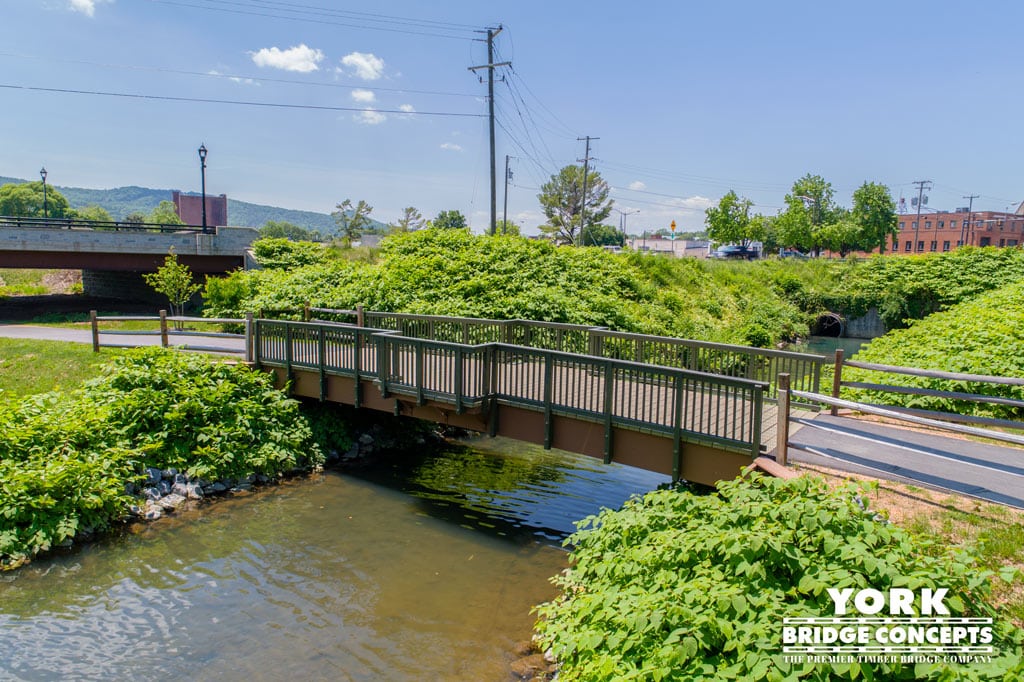
Timber Cantilever Bridges
Cantilever bridges use cantilevers, which are structures that project horizontally and are supported at only one end. Timber cantilever bridges are rare but can be found in specific applications where their unique properties are advantageous.
Characteristics of Timber Cantilever Bridges
Cantilever Design
Supported at one end, with the other end free.
Span
Suitable for medium spans.
Complexity
Requires careful engineering and design.
Advantages of Timber Cantilever Bridges
Efficient Use of Materials
Can be constructed with minimal support structures.
Accessibility
Useful in locations where building supports in the middle of the span is difficult.
Stability
Provides good stability and load distribution.
Timber Bridge Types Conclusion
Timber bridges offer a variety of designs, each with its own set of characteristics, advantages, and suitable applications. From the simplicity of beam bridges to the complexity of suspension bridges, timber remains a versatile and sustainable material for bridge construction. While modern materials often dominate large-scale projects, timber bridges continue to be valued for their beauty, environmental benefits, and the unique charm they bring to their surroundings. Whether in scenic parks, historic sites, or remote trails, timber bridges play a vital role in connecting communities and enhancing landscapes.
Create Your Legacy Today
Discover the intersection of strength, durability, and environmental responsibility with York Bridge Concepts. Let's build a bridge to the future together.

